Travel to South Korea
Welcome to the Land of the Calm Morning. The first time you wake up, the meaning of this expression becomes clear. South Korea, a small Pacific country, is among the destinations that has managed to grow while keeping all its traditions. In this Far East country, religion and worship are everywhere. During your trip to South Korea, you’ll find yourself in the middle of some incredible scenery, standing in awe of the most beautiful Buddhist temples. Designed to blend in with the surrounding nature, these places of worship, adorned with very precise colourful patterns, will immerse you in a world filled with peace and serenity. And when you leave the temples and gardens for a few moments, you discover a view that’s just as breathtaking: between the sea and the mountains, grey rock and lush green trees, the diversity of Korean nature has untold beauty. When you visit the area of Seoul, there’s a lot to do: the shopping districts of Insadong and Apgujeong, the Folk Village, Hwaseong Fortress, there’s so much wealth to discover in a region that is home to nearly one if four Koreans today.

Travel as you wish to South Korea
Guide to travelling in South Korea
South Korea is a country that undeniably draws you in. But although you dream of going there, you may feel a little lost in planning your trip. On these pages, you’ll find some ideas for putting together your holiday in South Korea. Your first steps in South Korea will probably lead you to the region of Seoul, teeming with life and things to do. You can satisfy your thirst in the traditional tearooms, visit galleries in the Insadong district, and enjoy the outdoor shows and exhibits on the weekends in the city’s pedestrian streets. Just an hour from there, with its 260 peasant homes, temples and sanctuaries, you’ll enjoy the magical scene of the Korean Folk Village dances. Maybe you’ll also go and regain your energy in the presence of the religious architecture in the Seokguram Grotto, buried in the mountains? Or perhaps you’ll choose the sea, by going to islet where you’ll find the underwater tomb of King Munmu? A few hours from Seoul by high speed train, is Busan, the country’s second largest city, with a completely different atmosphere, a little resort-like, where you’ll find a Korean version of Miami. Busan is also famous for its fish markets.
When to go in South Korea?
Traveller reviews of their trip to South Korea
Thanks to our partner Option Way, Evaneos allows you to benefit from numerous advantages:
- Competitive rates
- All-inclusive prices with no hidden fees
- Your local agency informed in case of flight changes
You can also book your flights on our partner site.













